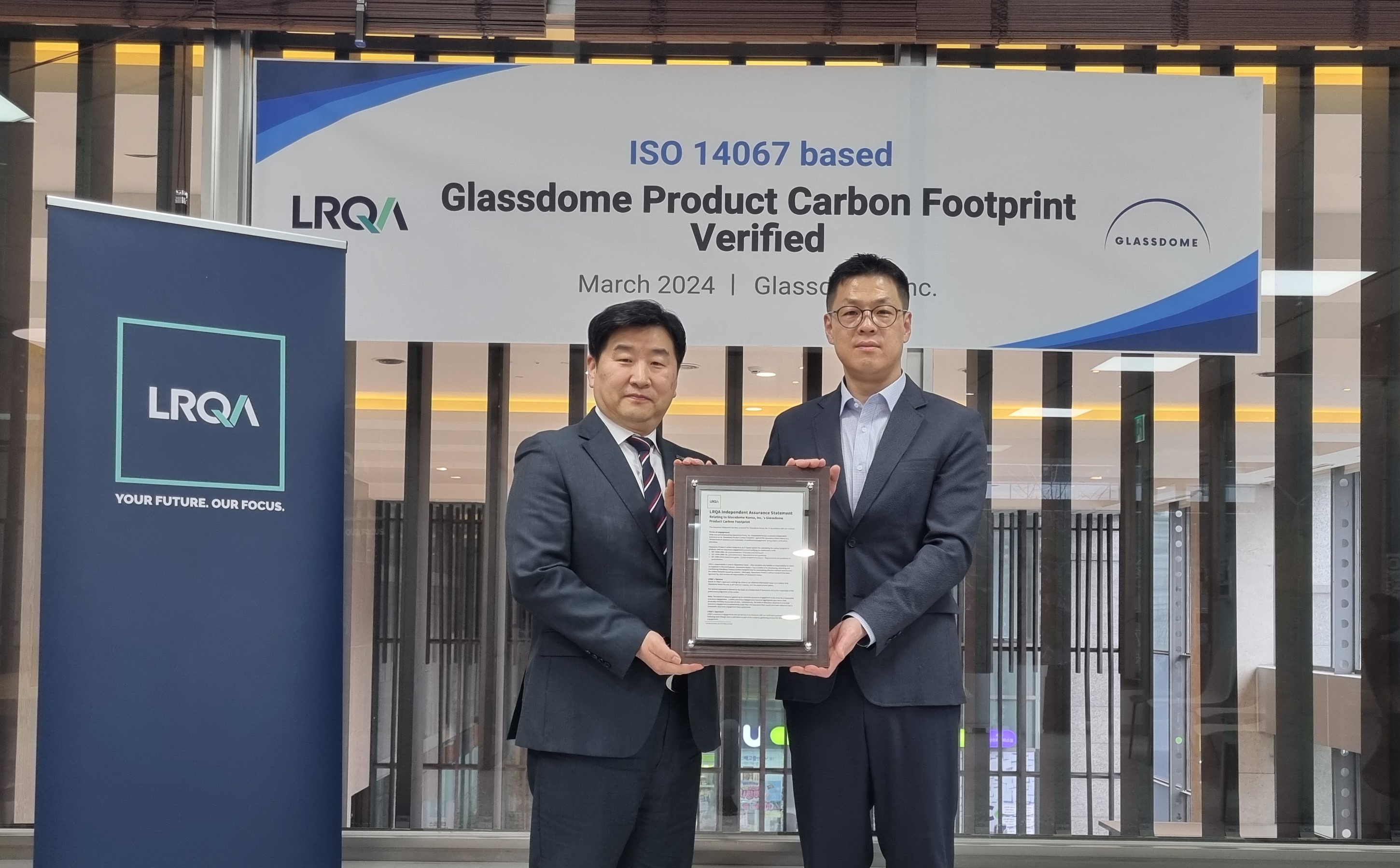By Brent Morin

Sustainable manufacturing and emission reporting are most useful when they use the best data. But getting accurate data often means investing in new data collection methods. Meanwhile, it’s simple to grab default data and plug it into your models and frameworks.
But does using default data while calculating your Product Carbon Footprint (PCF) mean you’re leaving money on the table? Is it worth getting the primary data directly from your own processes?
Until recently there wasn’t a clear benefit to using one type of data. Industry averages were commonly accepted placeholders, and there wasn’t an obvious penalty if they happened to be higher than your primary data. The enactment of the European Carbon Border Adjustment Mechanism changed all that.
Now using primary data instead of default data can have a real financial impact for manufacturers around the world.
What do default data and primary data mean when calculating your Product Carbon Footprint?
Default data
Default data means data pulled from verified data aggregators. They are often collections of industry average inputs and outputs. In the case of CBAM, the EU actually provides their own default data table that producers of CBAM goods (cement, iron and steel, aluminum, fertilizers, electricity, and hydrogen) must use.
There is no limit to using these default values until July 31, 2024 (i.e., unlimited default values can be used in the first three quarterly CBAM reports), after which they may be used for precursors of complex goods contributing up to 20% of the total.
Primary data
Primary data is simple. It’s the real data pulled directly from your locations. Some of this data includes electricity, water, and other inputs that can be measured by your utilities. Other data needs to come from your machines themselves.
Customers that use Glassdome’s Manufacturing Operations Management Software (MOMS) can use wireless gateways to get the information they need for their PCF while also optimizing their manufacturing processes.
Why should I use primary data instead of default data?
A strategic approach to primary data can help your company save money, become more efficient, and grow more sustainable. Once you establish your company’s baseline data, you can do all kinds of great things with it.
When you use primary data instead of default data, you:
1. Get rewarded for beating the industry average
Does any of your primary data fall below the industry average for that metric? You won’t know until you measure and verify it. If so, you can save money on every item you import to Europe by using real data instead of default data.
Is your primary data above the industry average? That’s fine, use default data for now (and then head down to item #2 on this list).
2. Improve efficiency
Primary data helps you identify inefficiencies in your production process. By improving your efficiency and reducing your carbon intensity, you can lower your product carbon footprint and CBAM costs every year. It’s a benefit that gets better and better.
3. Innovate your products
Primary data captured across the full lifecycle of your products helps you identify opportunities to innovate. You can develop and adopt more sustainable processes and materials, which can result in lower emissions and costs. Plus, those improvements will help your sales and marketing teams take advantage of the new, more sustainable products to find new channels and audiences.
4. Future-proof your business
Accurate, reliable primary data helps your business adapt to tightening of existing regulations, and respond to new regulations. When you know your business, you can quickly make the right decisions.
Accurate data also helps you benchmark against competitors. Establishing a PCF baseline backed by primary data is the first step in understanding your competitive landscape. When you can compare your real PCF to the industry average and your competitors, you have a strategic advantage. And you can avoid unpleasant surprises when it comes to competitor pricing, marketing, and compliance.
How can Glassdome help?
Glassdome makes sustainability simple. Because we’re born from manufacturing, we’re experts in getting real data from even the most complicated machines and processes. Our Product Carbon Footprint solution helps you establish benchmarks, capture evidence-based emissions data across your supply chain, and automate the reporting process.
We do our PCF and GHG emissions aggregation and calculation according to ISO 14067 guidelines, in a format that’s designed to make it easy to get third-party verified. So when you work with verification partners like LRQA (who verified our process themselves), it’s as fast and straightforward as possible.
Compliance, sustainability, and simplicity, all in one place. It’s pretty cool. If that sounds like it might be useful, get in touch at [email protected].
More Articles







